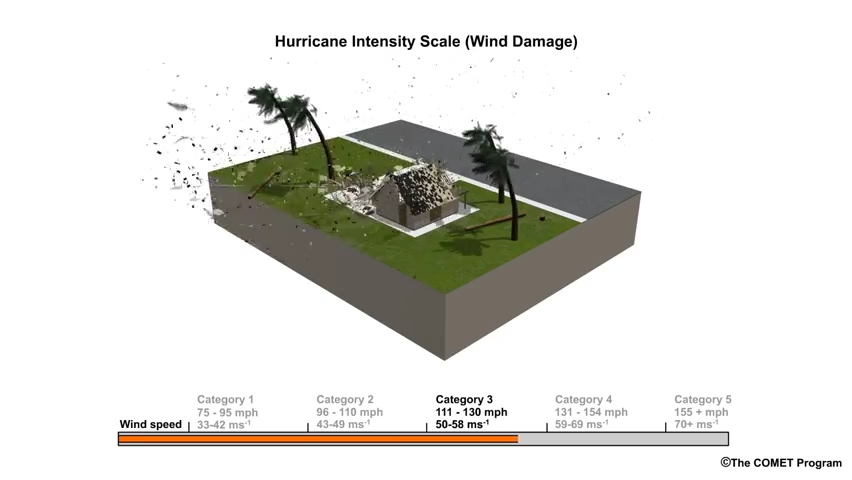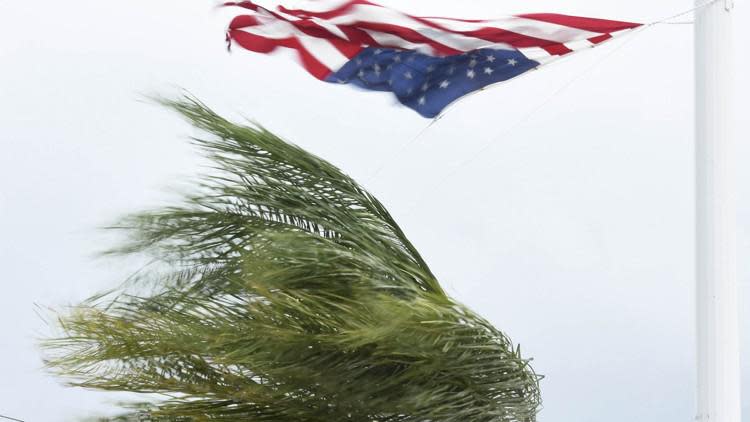What’s an invest and why do they keep saying tropical cyclone?
National Hurricane Center surveys have found people are unclear on certain meteorological terms often thrown around during storm season including “cyclone” and “invest.”
But it’s a good idea to have a handle on the lingo when a storm threatens. Below are a few explanations of words you’ll hear this season:
Invest — A tropical disturbance that has the potential to develop into a tropical cyclone. Invest is short for investigation. Naming something an invest doesn’t correspond to the likelihood for development, but is an indication the hurricane center will begin using its forecast models on it. The hurricane center numbers invests 90 to 99 with the letter L, which stands for Atlantic.
Tropical Disturbance — An organized area of storms originating in the tropics or sub-tropics and having maintained its organization for at least 24 hours.

Tropical Depression — A tropical disturbance that has developed a closed cyclonic circulation in its surface wind field with sustained wind speeds lower than 39 mph. Cyclonic circulation is counterclockwise.
Tropical Cyclone — a generic term used to define the low pressure systems that form over warm tropical seas with a warm core, closed center of circulation and organized thunderstorm activity. A tropical cyclone could be a tropical depression, tropical storm or hurricane.
Sub tropical storm — a storm that has characteristics of a mid-latitude cyclone (those winter storms that hit the midwest and east coast that can bleed into spring) and a tropical system with a warm core. Typically, the wind field on a sub tropical storm is wider than a tropical storm. Whereas a tropical storm may have its strongest winds at its center, a sub tropical storm can have its strongest winds further out.
Tropical Storm — A tropical depression that has reached wind speeds of at least 39 mph. This is when it earns a name.
Hurricane — a tropical storm that has reached maximum sustained winds of 74 mph.
Tropical systems form in seven basins around the world, and some of them use different terms depending on where the storm forms.
The term hurricane is used in the Atlantic, Northeast Pacific and South Pacific.
Typhoon is used when a storm forms in the Northwest Pacific.
The Southwest Indian basin uses tropical cyclone if it forms west of 90 degrees. If it’s east of 90 degrees, in the Southeast Indian basin, then it’s a severe tropical cyclone. The North Indian basin uses severe cyclonic storm.
Kmiller@pbpost.com
@Kmillerweather
Saffir-Simpson Hurricane Wind Scale
Category 1: 74-95 mph
Category 2: 96-110 mph
Category 3: 111-129 mph
Category 4: 130-156 mph
Category 5: 157 mph or higher

This article originally appeared on Palm Beach Post: What's an invest and why do they keep saying tropical cyclone?

